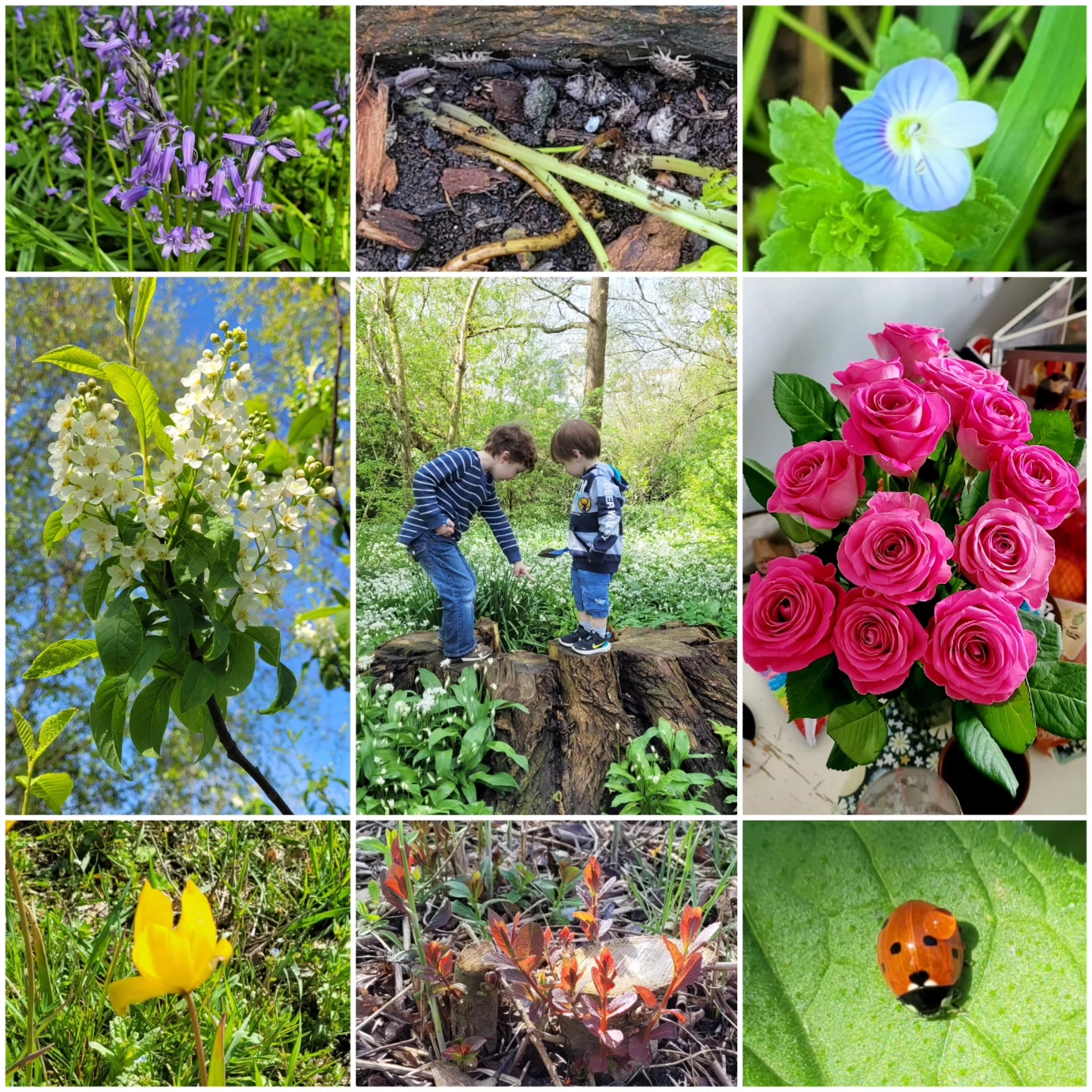Tourism: In the Footsteps of Alexander the Great
Hard work paying off, I had made time to visit the Ann Norton Sculpture Gardens and take the last tour of "In the Footsteps of Alexander the Great". The collection, owned by Elke Brockway, hasn't been shown in ten years. She said this about the small exhibit at this Historic West Palm Beach home - turned - museum:
“We came up with the idea of Alexander, the Macedonian, because I have always kept Greek and Roman, Persian and Gandharan, and Chinese artifacts. I have always tried to keep these collections separate in my house. So I thought I could set up the three rooms according to the artifacts that I am going to bring,” she explains.
Click to continue reading!
Amphora image from here,
and my notes/ drawing of the
one at the showing.
|
They had several small collections of items arranged to loosely follow Alexander's ten year warpath. Not all of the items were from that time period, but it was an impressive collection of beautiful things. We started with Greco-Roman artifacts, including huge stone mosaics, the popular painted urns, and beautiful handblown glass. I fell in love with a cobalt blue Phoenician amphora, from the 6th-5th century B.C., with gold and white zigzag lines painted around the widest part. It was only three inches tall! Unfortunately, I cannot afford the $1,900 artifact! Also included: a Greek bronze Illyrian helmet circa 550-500 B.C.! It has turned green over time, but still has many of the tiny bronze beads soldered onto the border as decoration. We saw a "rare" black Etruscan Bucchero-ware chalice, circa seventh Century B.C.; the guide told us that the pottery is the same red clay as the others, but a special green-wood smoking process during firing gives it a permanent black color. I thought it must be like painting with smoke!
The next room had items from India and Pakistan. So many Buddhas! And all different. I bet there is a whole line of research comparing the beauty norms of certain periods through statues and paintings. The woman giving the tour said the draped clothing on the Buddha represented how India was quite taken with Greek style, at that time. We get to see the Pakistani embroidery and Indian silk paintings close up, as in this historic house there are few display cases. We got right up close to the camel saddlebags, and decorative pillows. The Persian pottery was in a glass case, but that's kind of expected.
Example of Persian Camel Bags, with beautifully hand-embroidered geometric patterns. Source.
|
The last room held China. Their funerary statues have removable heads! A pair of beautifully green-glazed Ming Dynasty court attendants stood on the fireplace. Their removable heads were painted, but not glazed. The guide couldn't tell me why, but it's so curious! There was another mosaic in this room. A once-vibrant zig-zag pattern. And a dinosaur egg! Really! A petrified Triassic dinosaur egg, a little larger than an oblong softball, all greenish-blue.
I loved that almost all the statuary we saw had residual paint. Just, the barest hint of blush on marble lips, and the fainest hint of a gradient in the warlord's painted armor. Just, lovely.
All in all the hour-long tour was very nice. The historian that led us was very friendly, and let us peruse the items and ask questions, and it was all very informal. It was a very nice way to spend a drizzly, grey, morning!
Elke Brockway and several of glass and stonework from the ANSG exhibit.
Source: VeroNews
|
*Note, looking for a amphora resembling the one I saw and drew, I found a source that says the dates of the amphora were correct, but they can't be handblown as it wasn't really invented until 50 BC. Before that class was "sand-core" (1).
Citations






Comments
Post a Comment